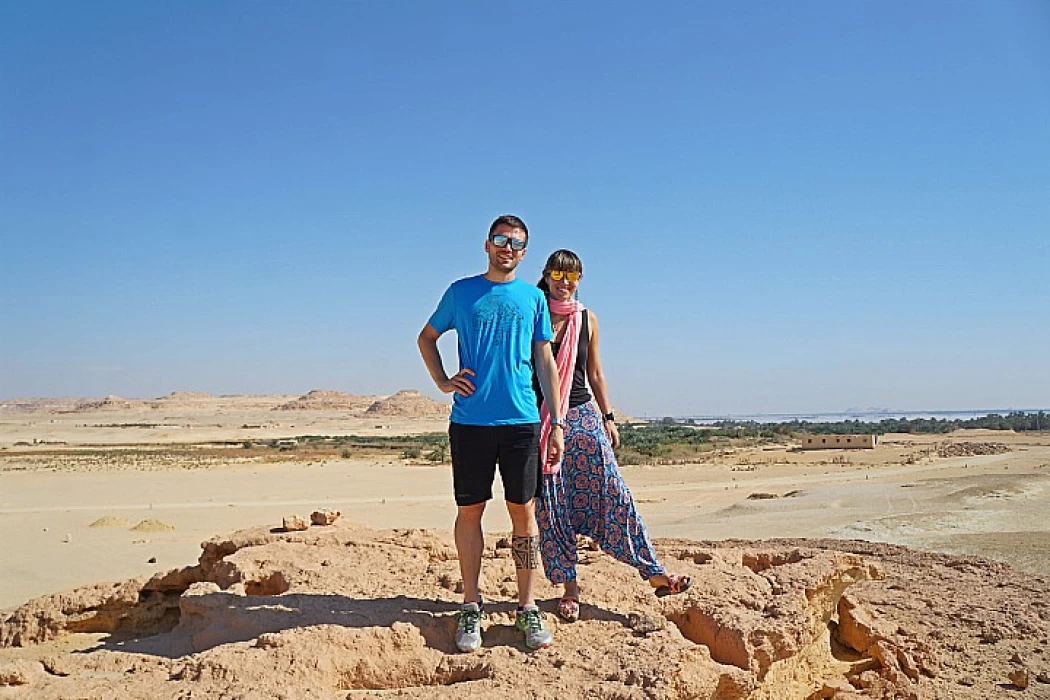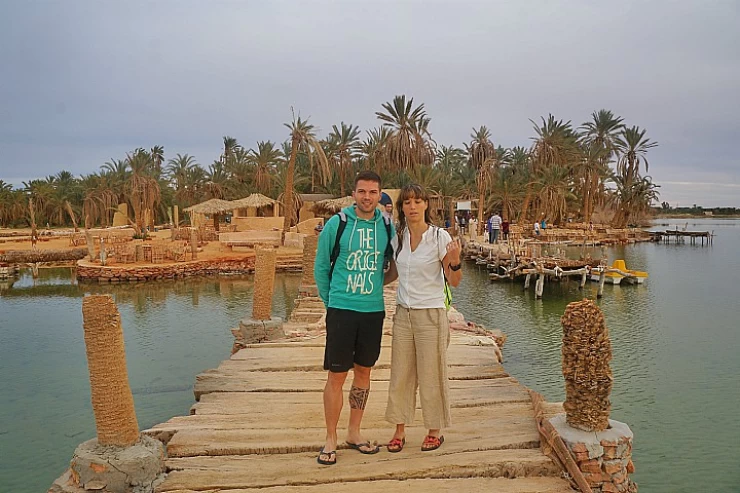
Healing Powers and Ancient Wonders of Mount Dakrour in Siwa Oasis
Siwa is one of the most beautiful places in Egypt and in the world, famous for its beautiful springs and wells that treat many diseases. Egypt Travel Packages often include visits to Siwa for its therapeutic qualities. It is famous for its hot sand that treats many diseases, whoever has not visited Siwa Oasis, I think he missed a lot! In this article, we will talk about Mount Dakrour and its great importance.
Jabal al-Dakrour in Siwa
Siwa is famous for its beauty, nature, and simplicity, other than the simplicity of the beautiful people of Siwa, Siwa has a lot to offer you relaxation and treatments, as well as wells and springs that treat some diseases, as well as the Dakrour Mountain in the Siwa Oasis.
Jebel Dakrour is of great importance and is considered a famous Pharaonic monument and at the same time it has hot sand that can treat many diseases.
In this article, we will discover the importance of Mount Dakrour, both archaeologically and therapeutically, and you must visit Siwa and Mount Dakrour.
Egypt Shore Excursions often include a trip to Siwa to experience the therapeutic qualities of Mount Dakrour.
Location of Jebel Dakrour
Jabal al-Dakrour is located in Siwa Oasis, specifically about 3 kilometers southeast of Siwa Oasis.
We will discover together what is in this mountain and what are its secrets.
Jabal al-Dakrour in Siwa
Surely we must ask why Jabal al-Dakrour is so important?
First, Jabal al-Dakrour had another name at another time, and it was called Adrar Bariq, and this word is from the Amazigh language.
Secondly, it is one of the famous Pharaonic monuments in the Siwa Oasis, and different nationalities from around the world come to it, but not only because it is an important Pharaonic monument!
Thirdly, Mount Dakrour enjoys something natural and therefore all nationalities come to it from all over the world, especially for this reason because it enjoys hot sand baths and this sand treats many diseases.
Information about Mount Dakrour in Siwa
As we mentioned earlier, Jebel Dakrour is a famous Pharaonic archaeological mountain, as it was famous from ancient times for its therapeutic hot sand.
There are two visible tombs, but one of them had its pillars broken in ancient times.
In the time of the Greek era, the inscriptions on the walls disappeared, in the time of the Pharaonic era, two carved caves were built.
There are some legends that simulate in the Siwa Oasis about Mount Dakrour and the treasures of King Ibriq, and King Ibriq was considered one of the kings of Siwa in ancient times.
The people of Siwa are considered every year when the month of October arrives and when the full moon is full, they celebrate the Feast of Peace or the lunar nights on Mount Dakrour, the elders, youth, children and women gather and everyone reconciles if there are any differences between the tribes, and after the end of the reconciliation, they celebrate and prepare food and drink.
The reason for this holiday about two hundred years ago, the people of Siwa were separated between East Siwa and West Siwa, and there were conflicts and wars between them, and they lost large numbers of people in these wars, so they decided to hold a holiday among them in order to reconcile everyone.
Medical tourism in Mount Dakrour
We previously talked about the importance of Mount Dakrour as an important Pharaonic monument, but it also has great importance for the treatment of diseases because it has hot sand capable of treating diseases, and medical tourism starts from mid-June, July, August and September, and Mount Dakrour is considered a natural resort to recover from these diseases such as:
Treatment of rheumatism.
Treatment of fat accumulated inside and outside the body.
Egypt Day Tours offer an opportunity to experience the healing sands of Mount Dakrour.
Burial in Jabal al-Dakrour in Siwa
There is a specific way to treat these diseases, which is the method of burial, and science has proven that this is the correct method of treatment.
The burial process occurs as follows: The healer comes and makes a horizontal hole according to the patient's height, this process occurs early in the morning around seven o'clock in the morning.
Let the sand take its time to warm up from the sun's rays, put the patient in the hole, then put sand on the patient, fill the hole with sand, cover the patient completely with sand except for his head, and of course, put something on the patient's head.
They put something on the patient's head to protect it from the sun, and after each period of time, the sand is changed depending on the patient's tolerance to the sand.
The patient remains in the sand for 10 minutes or a quarter of an hour and this process is repeated from 3 days to 7 days depending on the disease and the patient's tolerance to the sand.
The patient comes out wrapped in a woolen blanket, then goes to his tent, anoints his body with olive oil, drinks fenugreek, and is not exposed to any air currents or drinks any cold drink or ice water during his treatment period.
Among the tourist places that are characterized by an atmosphere similar to Siwa is the city of Dahab, we recommend that you visit it and enjoy some of its tourist attractions, such as Jebel Tawilat in Dahab.
Camp Mount Dakrour Siwa
Certainly there are camps for accommodation near Mount Dakrour during the treatment period or even just for tourism, each camp differs from the second in terms of services, the number of days you want, and of course the number of people, but the prices are close to some of them, and we will mention some of the camps near Mount Dakrour.















